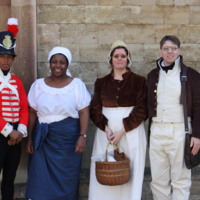
Beyond the Bicentennial
In collaboration with the Peterborough branch of the African Caribbean Forum, Peterborough Museum hosted 'Beyond the Bicentennial, 1788-1838: Exploring 50 Years of the Slave Trade'. The exhibition's focus was the fifty years leading up to the end of slavery in the British Empire, 1833. It highlighted museum objects and local connections to the era of abolition, including black communities in Peterborough and links between slave-produced sugar and the rise of tea drinking in Georgian Britain. Two special event days included Georgian period re-enactors, historical talks on slavery, African drumming workshops, African food tasting and community displays.
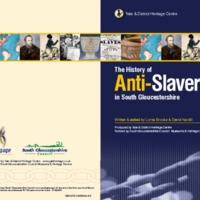
Impact: A history of anti-slavery in South Gloucestershire
This exhibition and booklet were produced as part of South Gloucestershire's Engage 2007 project, in partnership with Yate and District Heritage Centre. Both the exhibition and booklet explored local connections with the history of slavery and anti-slavery in South Gloucestershire. Links identified included the career of Robert Jenkinson of Hawkesbury (later Prime Minister Lord Liverpool), the Caribbean plantations of the Codrington family, the campaign efforts of abolitionist Joseph Sturge and, looking further back in history, St Wulfstan's attempts to abolish the trade in slaves to Ireland in the 11th century. The booklet was written and edited by Lorna Brooks and David Hardill. The exhibition toured the local area, including Thornbury and District Museum, pictured here.
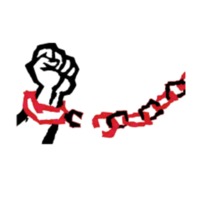
Slave Trade Abolition in Cambridgeshire & Suffolk (STACS)
The Slave Trade Abolition in Cambridgeshire & Suffolk (STACS) project was managed by St John's College at Cambridge University (the former college of the abolitionists Thomas Clarkson and William Wilberforce). Working with local schools, the project aimed to raise awareness of the often overlooked roles played by Thomas Clarkson and Olaudah Equiano within the slave trade abolition movement in East Anglia. Drama workshops led by two historical enactors led to student performances of their plays about the abolition movement. Two public presentations run by students, one in Cambridge and another at the Ipswich Caribbean Association, discussed and debated why the counties of Cambridgeshire and Suffolk should remember the life and work of Equiano and Clarkson. The final outcome of the project was the publication of new teaching resources and curriculum material to introduce students to the work of Equiano and Clarkson, and to place the transatlantic slave trade in local, national and international historical contexts. During the course of the project, BBC Radio 4 broadcast a Sunday worship service from St John's College, in association with 'Set All Free'.

Breaking the Chain
A play written and directed by Suzanne Hawkes, 'Breaking the Chain' is a dramatic account of Thomas Clarkson's role in the movement to abolish the slave trade. The abolitionists Olaudah Equiano, Granville Sharp and Joseph and Katherine Plymley are also portrayed in the production. Equiano's accounts of the slave trade from his 'Interesting Narrative' feature as dramatic imagery, and the play also examines infamous events that aided the abolitionist cause, such as the uproar surrounding the case of the slave ship 'Zong' and the decision by its Captain to throw overboard 133 enslaved Africans. In 2007, 'Breaking the Chain' was performed at various venues in Suffolk.
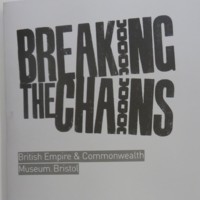
Breaking the Chains
Breaking the Chains opened at the British Empire and Commonwealth Museum to coincide with the bicentenary, and told the story of the British transatlantic slave trade and its abolition. Developed in partnership with Bristol City Council's Museums, Galleries and Archives' Service, the exhibition used artefacts, film and testimony to challenge perceptions about Britain's involvement in the slave trade and its legacy today. It featured a multimedia gallery of digital memories and feelings on the contemporary legacies of the slave trade; interactive sound stations to see and hear personal testimonies and the power of black music; and the ‘Me deya’ gallery, led by Firstborn Creatives, a collection of work from artists and communities who wished to share their creative pieces about the legacies of the slave trade. Associated events included African music for children, community dance events and public debates.
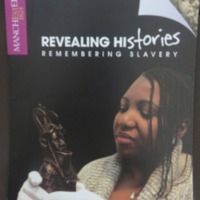
Revealing Histories: Remembering Slavery (The Manchester Museum)
The Manchester Museum was one of eight heritage bodies in the ‘Revealing Histories: Remembering Slavery’ partnership in Greater Manchester. The project set out to explore the history, impact and legacy of slavery on Britain through collections and community links in the North West.
The Manchester Museum examined the role of Victorian institutions in promoting the racist thinking that justified slavery; objects and images in the museum's collections were identified as having been used to support racist ideas. Events and workshops included a debate based on the question 'Are museums racist?', plus sessions on African dance traditions. 'This Accursed Thing' was a promenade performance around the museum, examining the transatlantic slave trade through the eyes of those involved - abolitionists and traders, slavers and slaves - and looking at ways in which individuals attempted to dispel racist myths. The 'Myths about Race' exhibition was the culmination of Manchester Museum's participation in the Revealing Histories project.
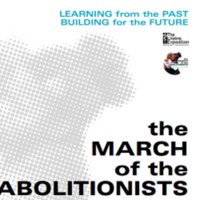
The March of the Abolitionists
The Lifeline Expedition began in 2000 as a reconciliation journey linking the European and African nations. The March of the Abolitionists was organised for 2007, aiming to bring an apology for the slave trade (especially the role of the church); to promote understanding of slavery and abolition by engaging with schools and the media; and to remember black and white abolitionists of the past, and of current campaigns. For the first stage in March 2007 (the Meridian Walk), a group of walkers included Africans and descendants of enslaved Africans, while white people from the former slave trading nations wore yokes and chains on their 250-mile journey from Hull to London. In the capital they joined the Walk of Witness at Westminster, led by the Archbishops of Canterbury and York. The second stage of the march (the Sankofa Walk) linked the former slave ports of London, Liverpool and Bristol in June and July 2007.
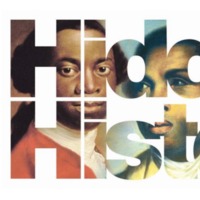
Hertfordshire's Hidden Histories
This partnership project, led by Hertfordshire Archives, investigated the links between Hertfordshire people, the slave trade and abolition through stories from original archival documents. Project outcomes included creative workshops, a booklist, a DVD documentary, a heritage trail booklet, and collaboration with the project for the restoration of the Thomas Clarkson monument in Thundridge. The monument was erected in 1879 to mark his involvement in the campaign to abolish slavery. The ceremony to re-dedicate the monument in November 2007 involved pupils from Thundridge Primary School performing a dance that they had developed with arts-led charity Theatre Is….